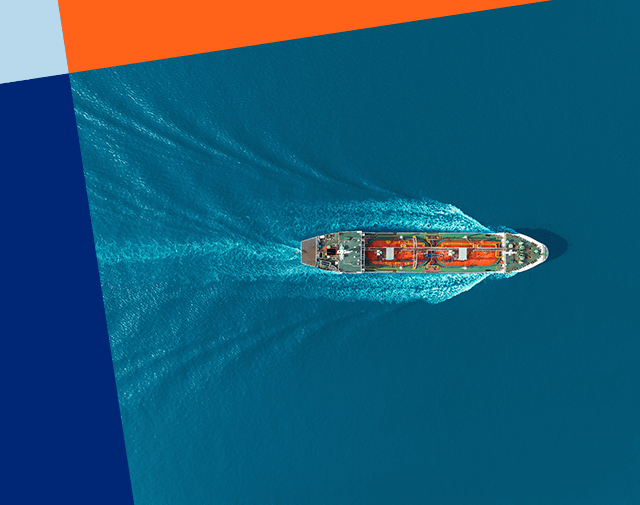GROWING IN A SHRINKING MARKET
27 Apr 2016
|
ASIA MARITIME |
Gulf Oil Marine is celebrating an eight-year success story |
|
The marine lubricant market has not avoided the financial impacts of a depressed shipping market. New lube-thirsty ships continue to leave the shipyards but once they hit the water they are moving much slower than they did in the past and consuming less lubricants.
A constantly evolving regulatory environment with regards to sulfur and the knock on effect with the various types of cylinder oils that are required for the different sulfur levels means a significant increase in investment in new product – testing and development. Then there is the physical distribution of a proliferating product line.
Director of the Global Client Group at Gulf Oil Marine, Jackson Davis puts the current dilemma succinctly: “There is a lot more investment for not a lot more volume.” |
 |
|
But Gulf Oil Marine has developed a habit of thriving in difficult times. The birth of the company in 2008 coincided with a global financial downturn that continues to blight the shipping industry to this day and will almost certainly endure for a few more years yet but this has not put the brakes on the rapid growth of Gulf Oil Marine.
“At Gulf we have always seen challenges in the shipping market as opportunities for us,” says Mr Davis.
“With the benefit of hindsight starting when we did was the best thing that ever happened for us. We discovered that when the shipping market is in good shape businesses tend not to make changes. But with the advent of a crisis management is more prepared to consider alternatives. As a result we are doing great and the volumes are robust,” he adds.
As traditional oil major suppliers took their eye off the ball Gulf Oil Marine stepped in with a different offering. And since the collapse of oil prices the company has been able to capitalize further on its unique approach, Mr Jackson explains. |
 |
|
“In this field we are the only non-integrated oil company. As such we are not part of an upstream operation. We are downstream only. That means we have to make this business work on its own merits.
This gave Gulf Oil Marine an advantage because, until the fall in oil prices the downstream sectors of its competitors were continuously underinvested. If they had a dollar to spend it went on upstream because the return was significantly more. As a result the downstream operations had less assets to deploy. If you are a regional manager you are mainly incentivized by a return on investment. It became easier to close down warehouses, reduce investment to get the return up.
“Unfortunately, when a ship arrives where those warehouses have been closed there will be delays and increased costs while it waits for product. This is where Gulf Oil Marine stepped in with a huge deployment of physical inventories in all these places, backed up by a big network of service engineers. We now have a network of 900+ ports and we are adding ports daily. We have got to the point that we can guarantee that the product will be there when your ship arrives. And it will be there in bulk. It’s part of a contractually binding agreement.
Gulf Oil Marine has not gone down the universal product route. Instead the company claims to tailor a solution for each ship. “The problem with a universal solution,” says Mr Davis “is that anything that claims to do a lot is going to be a compromise on the peripheries of its capability. We look closely at each ship, how old it is, the type of operation and where it is trading before making an offering.”
With the advent of slow steaming and the much-feared cold corrosion there are now a baffling array of base numbers 40/55/70/80/85 and 100. Mr Davis explains that not all the cold corrosion incidences were cured by the introduction of BN100 and now there is talk about introducing BN140.
“This may sound confusing but the way we work with our engineers and our sales personnel is very integrated into the operations. There is a lot of crossover, between them. It’s not just a transaction where you get the product and no back up. There is a lot of communication before during and after the transaction,” he says.
And the search and research for new products is ongoing. At any one time Gulf Oil Marine may have eight engine trials occurring, researching new optimized formulations of existing products or new products. Most OEMs require between 500 to 6,000 hours for testing before approval.
“Even if you wanted to take some cost out of a product by changing to a different base oil for example, that must also be tested. It’s very intensive and costly combination of first R&D then testing,” says Mr Davis.
Mr Davis concludes that with the number of emission control areas growing and the US demands for bio friendly products becoming a reality: “The proliferation of different environments will accelerate. Having an a la carte offering in terms of lube oils will be imperative and we are preparing for that.” |



